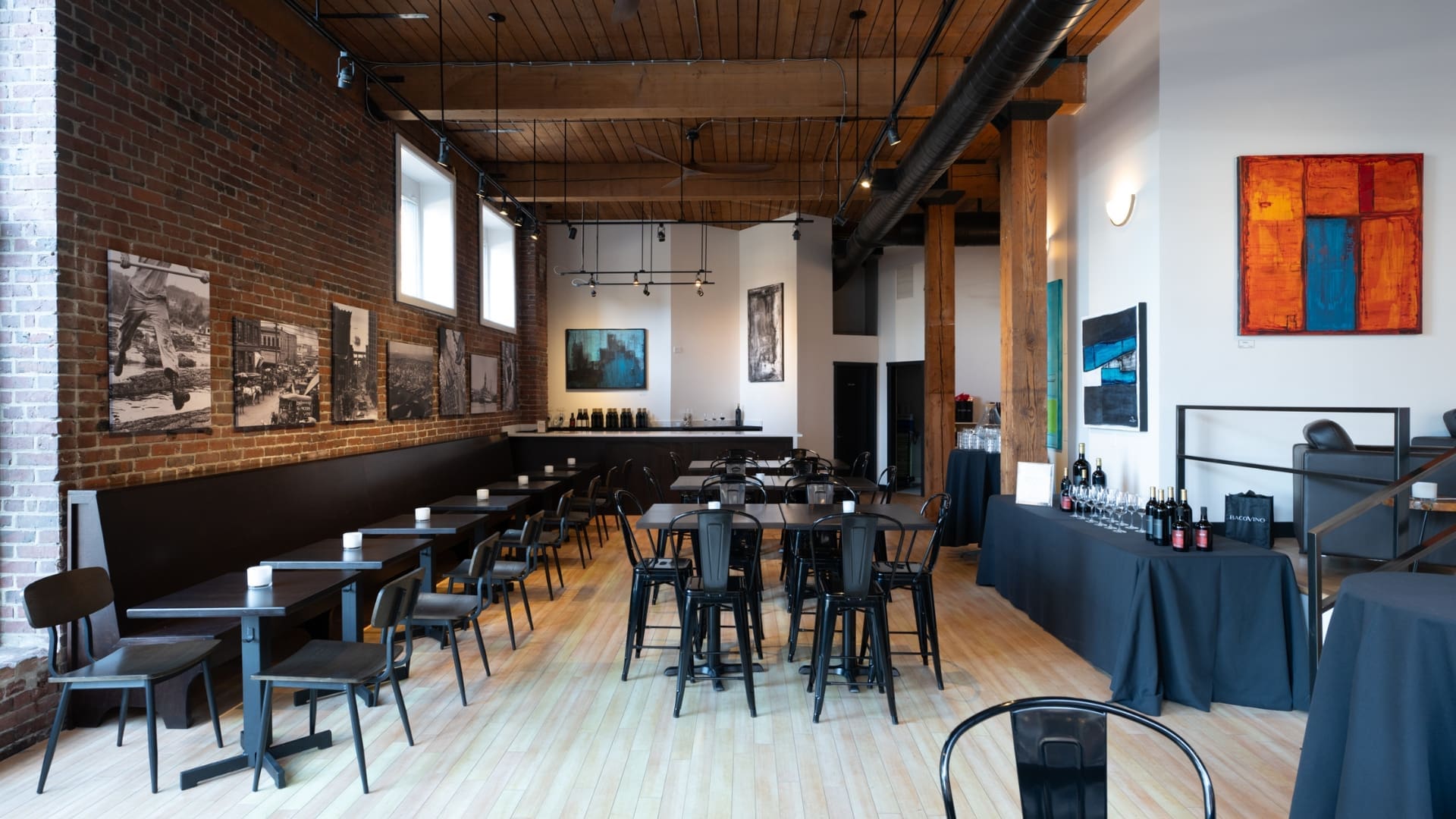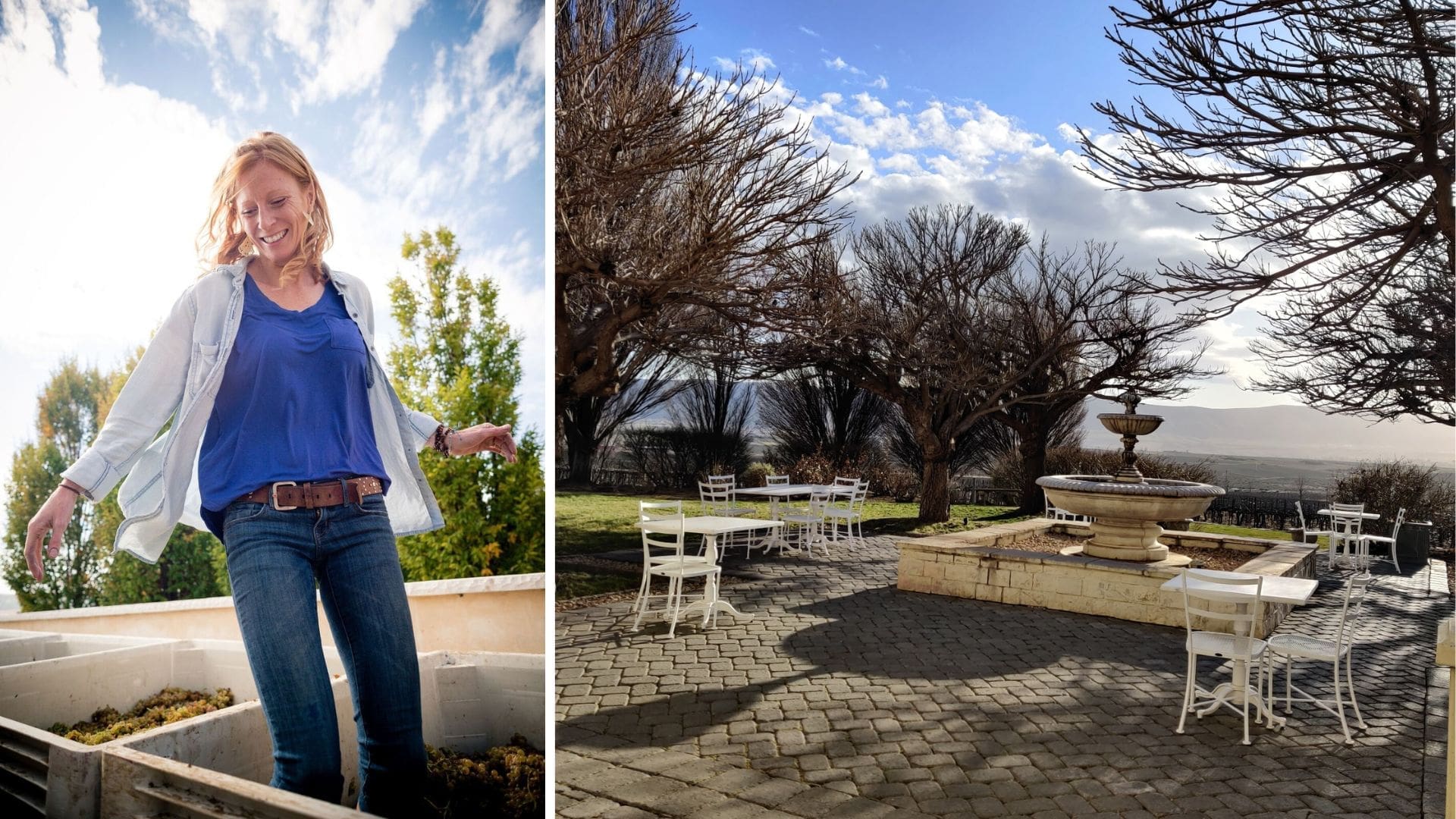If you’ve been almost anywhere in the Pacific Northwest over the last week, you’ve noticed a persistent and unpleasant haze, the highly visible effect of massive wildfires in British Columbia. While most might have worried about air quality or the risk to people and property up there, I was mostly concerned about the effect wildfires might have on this year’s vintage.
This is a particularly vulnerable time for many vineyards, with grapes going through véraison, where those grapes that will do so turn from green to red. According to a 2012 report from Washington State University’s Viticulture and Enology department, grapes are at a “peak sensitivity about one week after the onset of véraison,” which just happens to be right about now for many growing regions.
Obviously, the intensity and concentration of the smoke is heaviest in British Columbia; if we do detect the influence of the wildfires on any wines this vintage, it’ll be those that serve as the canary in the coal mine. While many wineries will be testing and sampling, it’s often the case that the true impact of smoke taint can’t be understood until the wines are bottled, and then opened.
Fortunately, there are techniques that winemakers can use to mitigate the effects of smoke taint. Again, the report from WSU is instructive, noting that “reducing skin contact time can help reduce the severity of smoke-taint in wines. This is less problematic for white wines because normally skin contact is limited.” For red wines, shorter macerations are recommended, which can have an adverse effect on tannin extraction, but will at least provide sufficient time to develop sufficient color.
The good news is that for most of the region there doesn’t appear to be all that much risk; the grapes far enough away from fires themselves that only low concentrations of “volatile phenols, such as guaiacol and eugenol,” are present. The 2017 vintage in BC will be more affected, and I’d expect to find smoke taint in some number of the reds, while even the unaffected wines might lean towards a brighter, fresher style if winemakers go for a shorter maceration period.
Most of all, the biggest variable is just how long the fires last. As of writing this, there are still an alarming number of fires still burning, with little certainty about when they might be contained. The longer the fires last, the more volatile phenols will be in the air, and the bigger the impact will be on the entire Northwest’s grape crop.
Writer Zach Geballe is a sommelier at the Dahlia Lounge and the host of Disgorged, a weekly podcast and pop-up wine bar in Seattle’s Queen Anne neighborhood. He lives in Seattle, where he owns more wine than he can reasonably drink, but loves to share. You can find him at @zgeballe or vinetrainings.com.







